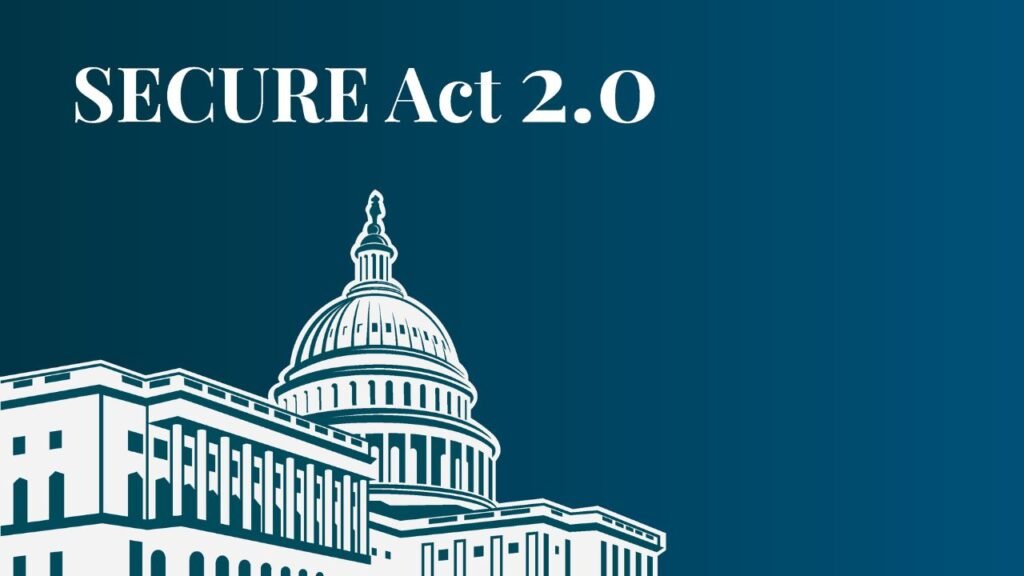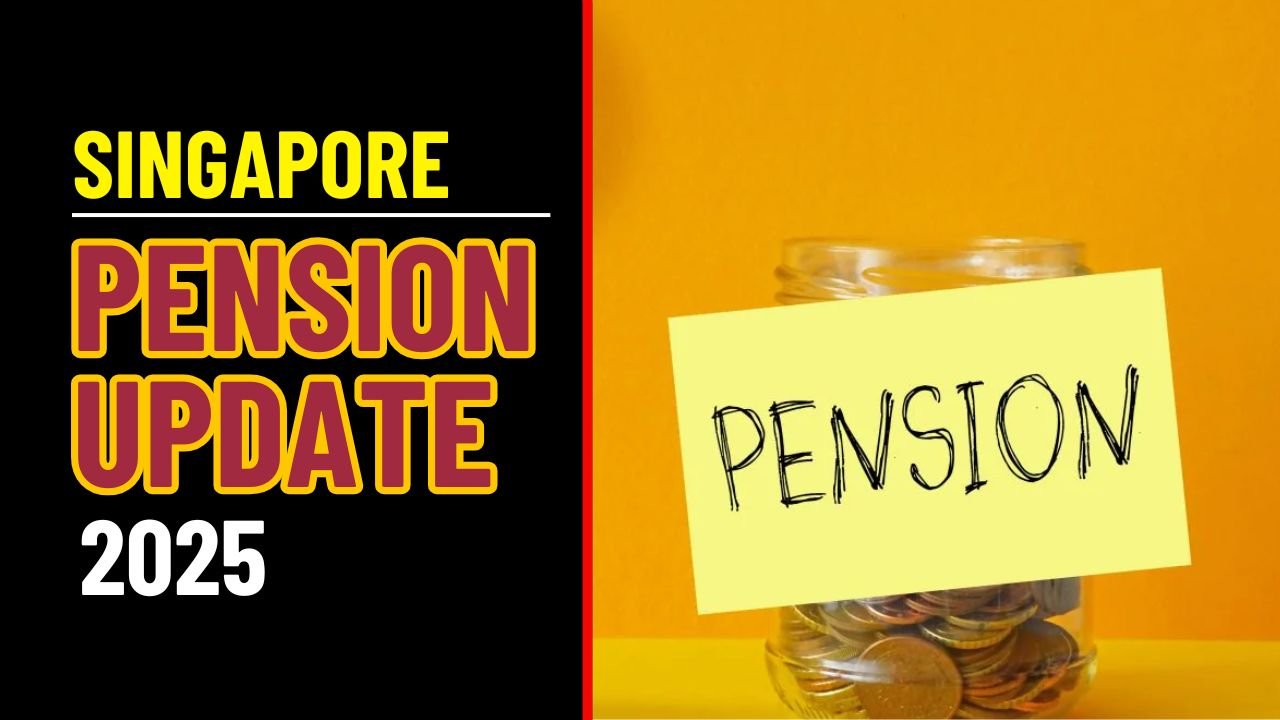Retirement security has long been a national concern in the United States, as many workers find it difficult to save enough for life after employment. To address this, Congress passed the Secure 2.0 Act of 2022, which builds upon the original SECURE Act of 2019. The goal of this legislation is to expand retirement savings access, simplify rules for contributions and withdrawals, and help both employers and employees save more effectively.
Although the law was passed in 2022, its provisions are being introduced gradually through the next decade. Understanding this implementation timeline is important for workers, retirees, and employers because each year brings new regulations that affect savings, taxes, and withdrawals.
Table of Contents
Overview of the Secure 2.0 Act
The Secure 2.0 Act contains more than 90 provisions designed to strengthen the U.S. retirement system. Some rules were implemented immediately, while others will roll out over time to allow for smoother adjustments by employers and financial institutions. The main focus is to make retirement savings more inclusive, flexible, and secure for all types of workers.
The Act’s objectives include expanding access to retirement accounts, promoting automatic savings through employer plans, and providing additional benefits for small businesses that establish retirement programs.
Key Provisions by Year

| Year | Major Provisions Taking Effect |
|---|---|
| 2023 | RMD age raised to 73, student loan matching allowed, new small business tax credits |
| 2024 | Emergency savings accounts introduced, automatic enrollment required in new plans, Roth matching permitted |
| 2025 | Catch-up contribution expansion for ages 60–63, long-term part-time workers gain eligibility |
| 2026 | Saver’s Credit replaced by Saver’s Match, simplified RMD rules across accounts |
| 2033 | RMD age increases again to 75, more access for small businesses and gig workers |
How the Timeline Affects Retirees and Workers
The phased rollout of Secure 2.0 creates opportunities for both retirees and active workers. Retirees benefit from delayed required withdrawals and more flexibility in Roth accounts. Workers nearing retirement can take advantage of higher contribution limits, while younger employees gain support through student loan matching and emergency savings options.
By increasing the age for mandatory withdrawals and introducing automatic enrollment, the law aims to help people build long-term savings and reduce dependence on Social Security.
Broader Implications
The Secure 2.0 Act has the potential to reshape retirement readiness in the United States. It encourages more participation in savings plans, particularly among younger and lower-income workers who often lack access to employer-sponsored accounts. These gradual reforms could strengthen the economy by reducing future reliance on public benefit programs.
However, challenges remain in ensuring all workers participate and benefit equally. Continued education and outreach will be essential to achieve the law’s full potential.
Planning Strategies for Individuals
- Track the annual implementation timeline to take advantage of new opportunities
- Review contribution limits regularly and adjust savings rates as income grows
- Consider Roth options for tax diversification in retirement planning
- Use employer-linked emergency accounts for short-term needs instead of dipping into retirement funds
- Seek financial advice to tailor strategies to new regulations
Preparing for the Future
The Secure 2.0 Act represents one of the most comprehensive updates to retirement policy in decades. Its gradual rollout between 2023 and 2033 gives both employers and individuals time to adjust. By raising contribution limits, expanding access, and providing new savings incentives, the Act lays the foundation for improved financial security in retirement.
For workers and retirees alike, staying informed about the changes and taking timely action will be the key to maximizing long-term benefits.
Frequently Asked Questions (FAQs)
- What is the main goal of the Secure 2.0 Act?
The Act aims to improve retirement readiness by expanding savings access, increasing flexibility, and simplifying rules for both employers and employees. - When will the new retirement provisions be fully in place?
Most provisions will be implemented gradually from 2023 through 2033, with some major updates such as the new RMD age coming later in the decade. - How does the Secure 2.0 Act help younger workers?
It allows employers to match student loan payments with retirement contributions and provides emergency savings options to encourage early saving habits. - What changes affect retirees directly?
The Required Minimum Distribution (RMD) age has increased to 73 and will rise to 75 by 2033, allowing retirees to keep their money invested longer. - How can individuals prepare for these changes?
By reviewing contribution plans, maximizing available tax benefits, and consulting with financial experts to make informed retirement decisions.



